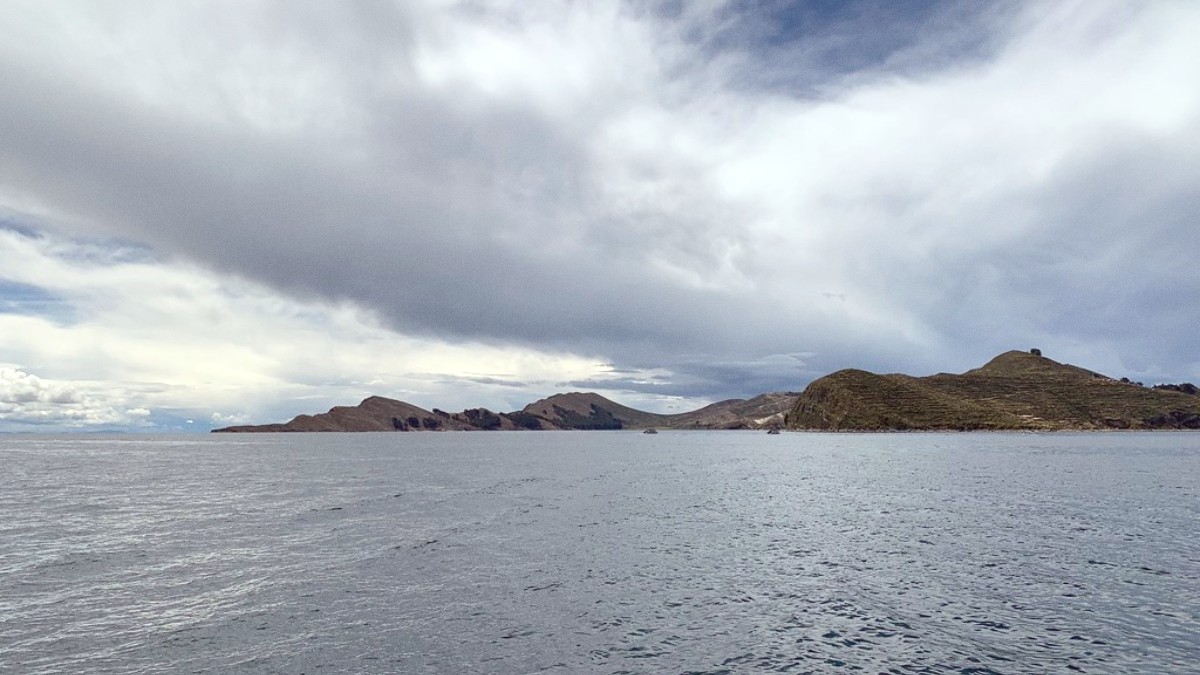
Bolivia
Dry Season (May to October):
Characterized by sunny days and clear skies. Daytime temperatures usually range from 15-20°C (59-68°F), comfortable for hiking. Nights become significantly colder, often dropping to 0-5°C (32-41°F) or even below freezing, especially in July and August. Precipitation is minimal, making trails dry and views unobstructed. The air remains dry, with very low humidity. This weather suits photography, as the intense sun highlights the lake's deep blue and distant snow-capped mountains. The lack of rain leaves trails firm.
Isla del Sol does not experience monsoons or hurricanes. The main special weather consideration is the extreme cold that can occur at night during the dry season. Pack warm layers to manage these temperature drops.
The sun intensity is also very high due to the high altitude and thin atmosphere. This calls for diligent Sun protection, including High-SPF sunscreen, a wide-brimmed hat, and sunglasses, even on cloudy days. Dehydration is another risk due to the dry air and physical exertion at altitude; drink plenty of water.
Dry Season
Consistently clear skies, ideal for hiking, photography, and panoramic views. Stable weather supports outdoor activities.
More tourists, especially day-trippers. Popular sites and trails can feel crowded. Prices for accommodation and tours tend to be higher due to demand. Book accommodation well in advance.
Balanced Experience
Good weather generally, with many clear days. Fewer crowds compared to high season. Prices for services may be slightly lower, offering better value.
Weather can be transitional. Early April might see lingering rains, late October might show increasing cloud cover. Prepare for unpredictable weather changes.
Wet Season
Fewest tourists, ensuring a tranquil experience. Accommodation and tour prices are often at their lowest, providing budget advantages.
Higher chance of rain, which can impact hiking plans and reduce visibility. Skies are often cloudier. Some services might operate on reduced schedules or close temporarily. Trails can become muddy.
The dry season (May-October) offers the best conditions for extensive hiking and capturing clear, expansive views. The stable weather and minimal rain support optimal trail conditions and bright skies.
Any time suits cultural immersion. However, the low season provides a quieter, more intimate experience with local communities, as fewer tourists are present, allowing more relaxed interactions. The shoulder or low season also offers greater tranquility, deepening the island’s peaceful atmosphere for quiet contemplation.
Clear views, stable weather, firm trails, vivid colors.
Lush green landscapes, fewer tourists, lower prices, milder nights.
Good weather balance, reduced crowds, better value.
Opportunity for cultural exchange and peaceful retreat.
Always drink plenty of water and acclimatize to prevent altitude sickness.
Plan to verify the most current information well in advance of your trip.
Bolivia categorizes countries into three groups for visa purposes. Most nationalities do not need a visa for tourist stays up to 90 days.
When entering Bolivia, have these documents ready, regardless of your visa status:
Keep all important documents (passport, visa, vaccination certificate) in a secure, easily accessible place. Consider carrying digital copies on your phone or in cloud storage, separate from your physical documents.